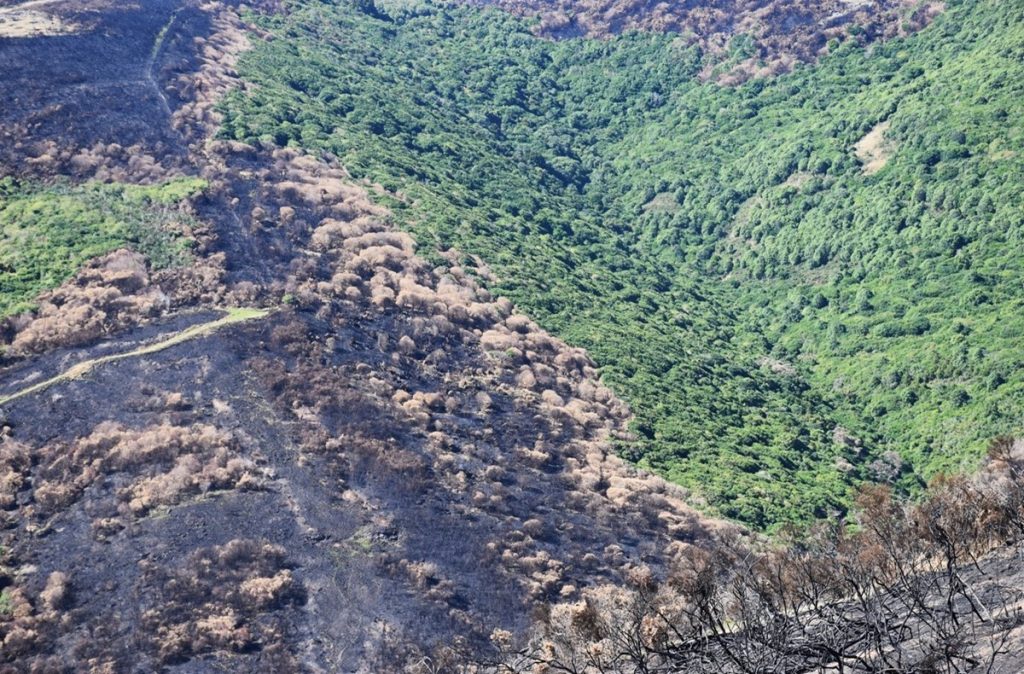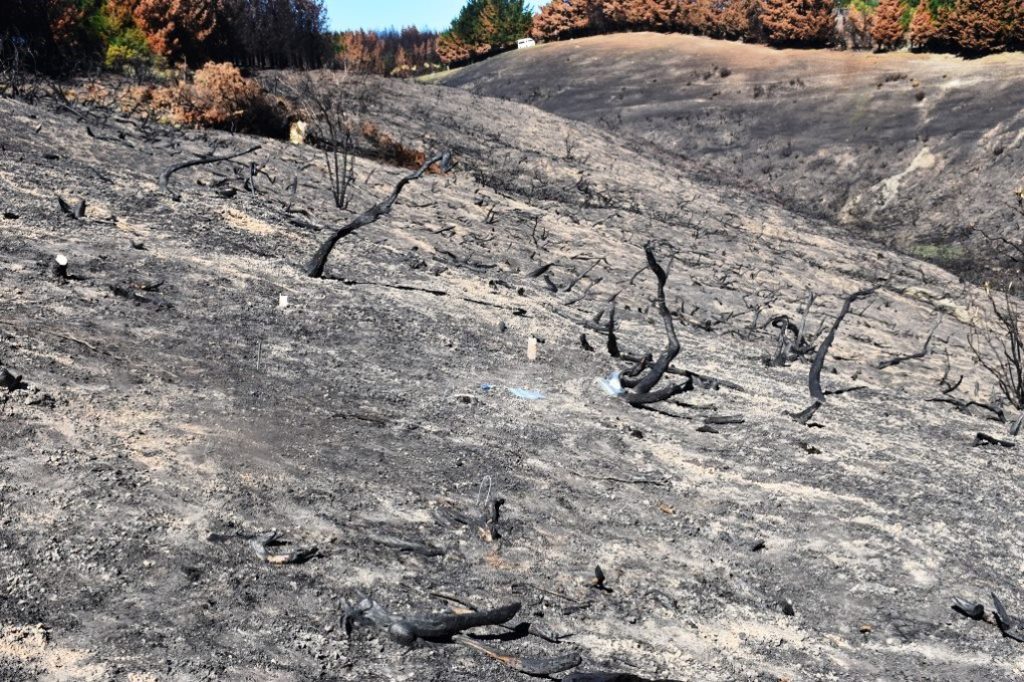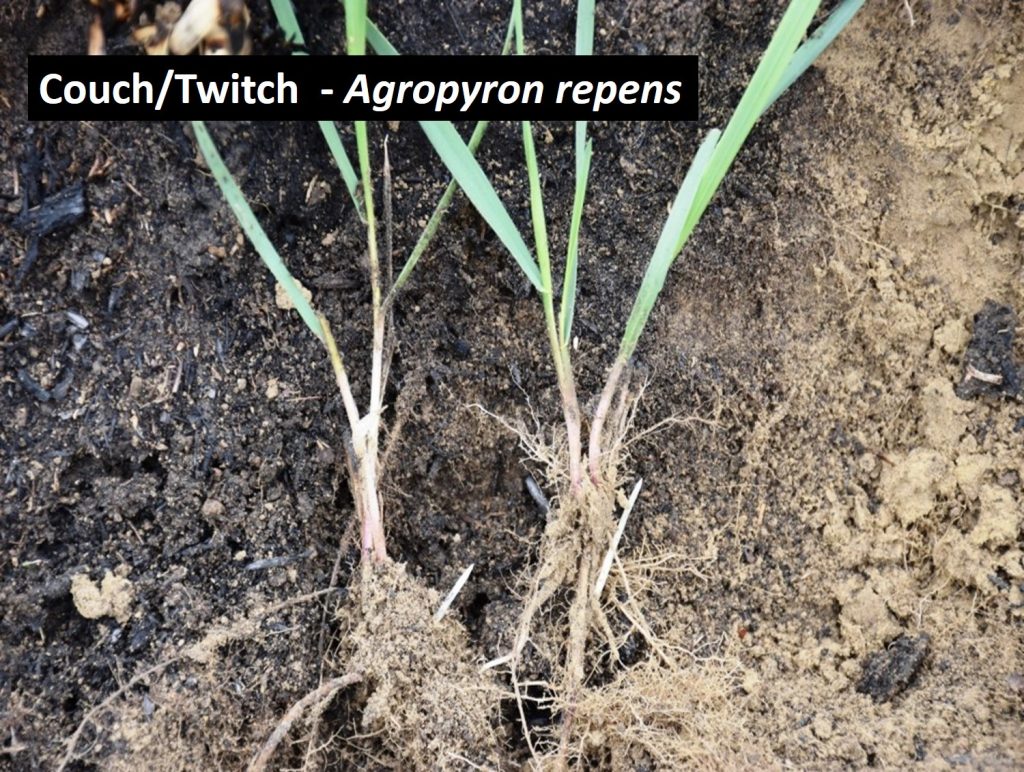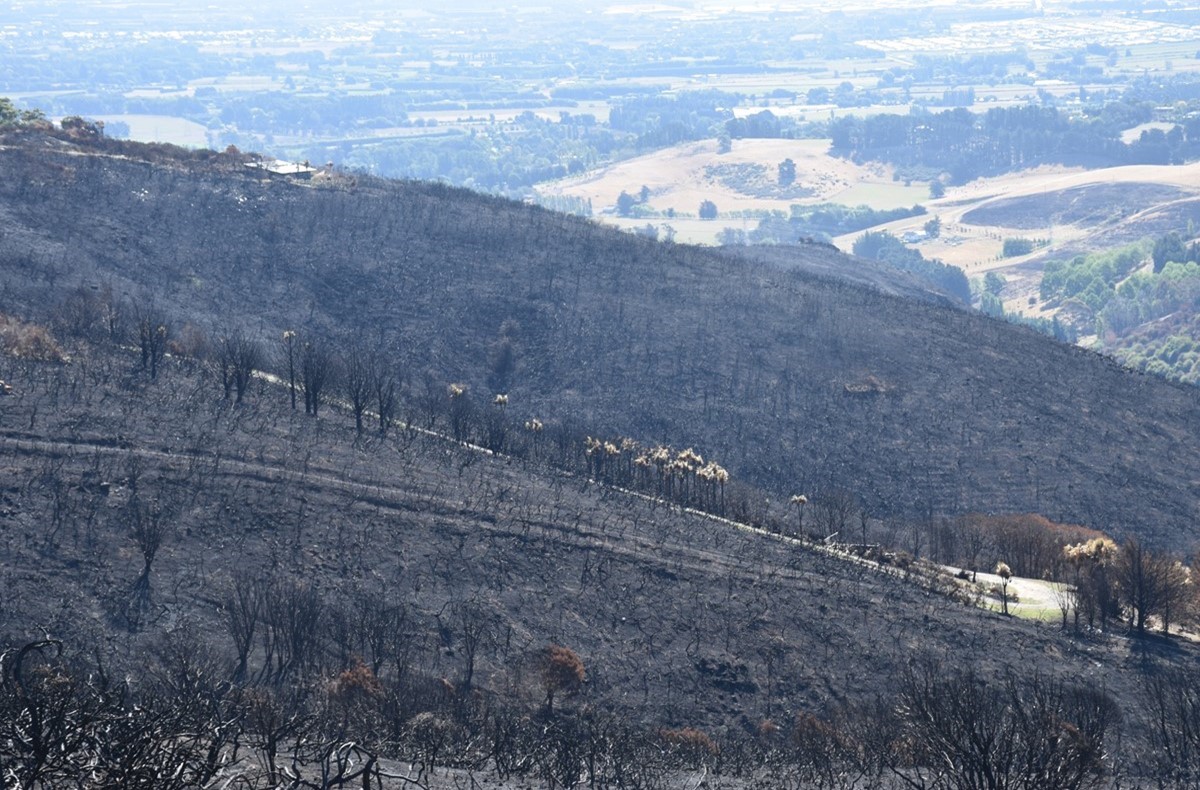Posted on behalf of Prof. Derrick Moot.
So what happens after the fire?
On Saturday I went bungy jumping. A birthday “gift” voucher had been sitting on the fridge for several months. I was ignoring it. Silently hoping it might expire. But my wife had other ideas. She booked the date, and I confronted my fear. The rational part of my brain reminded me of Year 12 physics and the highly predictable elasticity of rubber bands. As a scientist I understand the equations and their repeatability. But the emotional side of me just wasn’t that keen to jump off a perfectly good bridge! The science won and I have the T-shirt to prove it!
Repeatability is the essence of science. If we do the same thing under the same conditions, we get the same result. If you are jumping off a bridge, or flying in an aeroplane, that predictability is reassuring. Biological science is also repeatable. However, there is uncertainty because of genetic and environmental variation that can influence the results. Therefore, we use probabilities to describe the likelihood of outcomes. This year the probability of a fire on the Port Hills was high. I wrote about its inevitable return seven years ago (https://www.stuff.co.nz/the-press/opinion/89569344/prepare-for-more-port-hills-fires-unless-we-let-grazing-animals-in. See also: https://www.stuff.co.nz/business/farming/agribusiness/93134579/clover-emerges-from-port-hills-scorched-earth). And in early December I warned my walking companions on Bowenvale track that this was a probable “burn” year. The wet spring had enabled the cocksfoot and tall oat grass to stand tall and flower.


There were sheep grazing the area which was helpful. But their numbers were too low to keep up with the spring growth. Sheep are like young children, fussy eaters, but they do eat their greens. In fact, they target the clovers and green leaves at the bottom of the plants leaving alone the tall flowering stems. In a wet summer these flowering seed heads rot down and add to the litter and organic matter in the ground. But when it is dry through January and February their moisture content drops and they become standing hay. Dry carbon ready to burn. No different from the dry wood that warms many winter homes. So, what happens now – after the burn?
The biology is predictable. We measured it after the last fire with the help of some of the affected land owners. The twitch, yarrow, bracken fern, Californian thistles and brown top, all plants that have under ground storage organs or rhizomes, will recover first. These will quickly spread out underground from their burnt remnants and then pop up new shoots to occupy as much area as possible. The taller oat grass and cocksfoot will follow about two weeks later. And after the first autumn rains, the gorse and other hard seeded legumes will germinate. The resulting green tinge will signal biological renewal and start the cycle again. To suppress the gorse we know we can fly on faster growing grass species and then follow-up with grubbing or spot sprays to control any escaped plants. But then what? If we do the same thing as we did for the last seven years we are destined to repeat the cycle. For the sake of those peri urban residents living on the edge we will also need to hope that the wind direction and strength remains as favourable as it did this time. But hope has a low probability of success, as a scientist I prefer an evidence-based strategy.

What could we change to get a different result? We could bring in the heavy hitters of hill country grazing – cows with their calves. Cows are more like teenage boys – a voracious appetite that can empty a fridge at one sitting. Cows are the lawn mowers on commercial hill country farms. They clean-up the excess vegetation in spring and summer and reduce the risk of a burn. Nothing can guarantee we won’t have more fires, but we can reduce their probability of occurrence and their impact.
Recent advances in virtual fencing means land holders could opt in or out of having their land grazed communally. Those with no livestock currently could remove their fences and indicate which areas they want grazed and which areas they want left alone. Dairy farmers already control where their cows graze through their mobile phones and bring the cows in for milking with no human intervention. This technology is currently making its way onto hill country farms, typical of the landscape on the Port Hills. Imagine our city owned cows wearing solar powered collars. These provide a small sound stimulus on one side or the other of their heads to move them around. If they are reluctant to shift the signal gets louder. They quickly learn and move because the signal also means they are moving to an area of fresh feed. In practice, an office bound mayor or his designate could shift the cows without ever going onto the hills. Areas near houses, or forests would be grazed first to reduce the risk of fire spreading across open ground. GPS tracking of each individual cow allows a map on a mobile phone to show where they are. If we added a camera to some of them then real time images of their activity could be beamed to school children and the public to show agriculture in practice. The science and technology are known quantities. Harder to quantify is the probability that we have the political will and administration flexibility to do so.
More probable is that I will wait for a steady easterly wind that science assures me will provide the necessary lift to overcome my fear and use the other “gift” voucher stuck accusingly on my fridge – a tandem paragliding experience off the Port Hills.
Dr Derrick Moot is the Professor of Plant Science at Lincoln University. He leads the Dryland Pastures Research Group.
